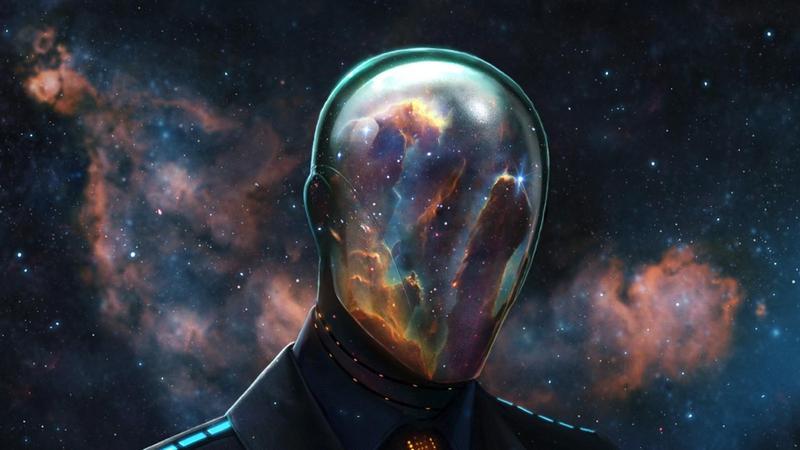The Creative Brain Is Wired Differently, Study Proves
The Creative Brain Is Wired Differently, Study Proves
The brains of creative men and women are wired differently than most, finds a new study published in the Proceedings of the National Academy of Sciences. Not simply does the research show unique attributes of the creative brain, but in addition, it can help dispel a frequent brain myth (which we will get to in just a minute).
If you place a group of individuals in an area, give them a set of objects and ask them to develop as many creative applications for those items as possible, the majority of people will produce a fairly restricted number of ideas. But a minority of individuals, possibly one or two in the room, will come up with a variety of creative ideas that will render others wondering how they thought of them.
That situation is approximately the way the study team analyzed a group of only over 160 volunteers, whose brains they scanned with functional magnetic resonance imaging (fMRI) while the volunteers tried thinking of creative uses for a group of ordinary objects, such as a brick, a knife and some rope.
The researchers wanted to understand if the brains of people who are consistently more inventive would reveal different activation patterns compared to other brains, and which brain areas are involved. The results of the imaging demonstrated that the brains of the most creative volunteers revealed a different pattern of action across three brain networks: the default mode network, the salience network and the executive control network. Each is a seat of activity for unique capacities (the default mode system, for example, kicks in if we are daydreaming and plays a significant role in creative thought), and generally there is not much action cutting throughout their boundaries. But in the highly inventive mind, they jointly host a symphony of connections which create striking ideas.
“What this shows is that the creative brain is wired differently,” stated Roger Beaty, that a Post-Doctoral Fellow at Psychology and also the first author of this study. “
And it is not merely that those brain areas work well together in the creative brain, but in addition they evidence a “flexibility of thought” that stands in contrast to the rigidity common to the majority of brains when faced with creative challenges.
“It’s the synchrony between these systems that seems to be important for creativity,” Beaty said in a press statement. “People who think more flexibly and come up with more creative ideas are better able to engage these networks that don’t typically work together and bring these systems online.”
The value of any research finding similar to this depends upon whether it can correctly predict comparable results. In this case, the investigators went back and looked at customs in similar research, also found they could predict levels of ingenuity in the research participants by quantifying the strength of these relations between the three brain networks.
“We used predictive modeling to show we could predict, with some degree of accuracy, how creative people’s ideas were (based on brain scans) that had already been published,” stated Beaty.
A nice side benefit of this study is that it undercuts the frequent myth that creativity is influenced by being “left brained” or “right brained.” Instead, it seems clear (from this and previous research) that imagination involves multiple brain regions across both hemispheres.
“One thing I hope this study does is dispel the myth of left versus right brain in creative thinking,” Beaty said. “This is a whole-brain endeavor.”
The researchers were careful to notice that the results do not tell us if creativity is “just something you’re born with” or whether it could be improved via practice and training.
“It’s not something where you have it or you don’t,” added Beaty. “Creativity is complex, and we’re only scratching the surface here, so there’s much more work that’s needed.”
The study was published in the Proceedings of the National Academy of Sciences.
Fascinating study! It’s incredible how creative minds exhibit unique neural connectivity, debunking the oversimplified 'left-brain vs. right-brain' myth. Creativity truly is a whole-brain symphony. While some may have a natural edge, practice and training likely play key roles—just like honing any skill. Speaking of growth, tools like grade calculator can help track progress in learning, freeing up mental space for more innovative thinking!
